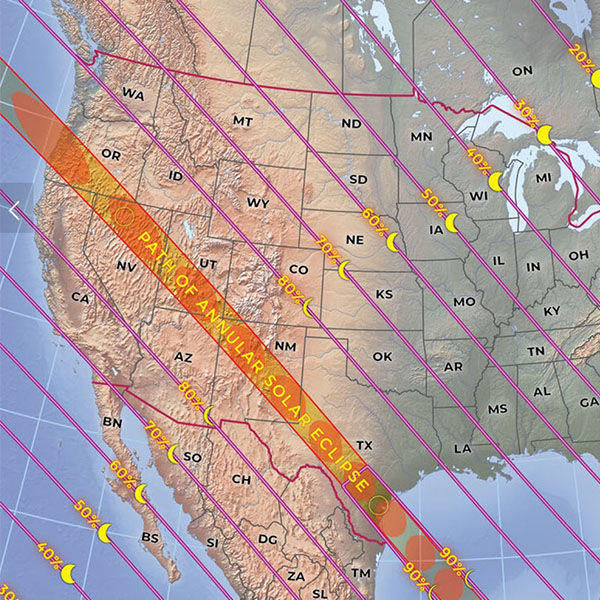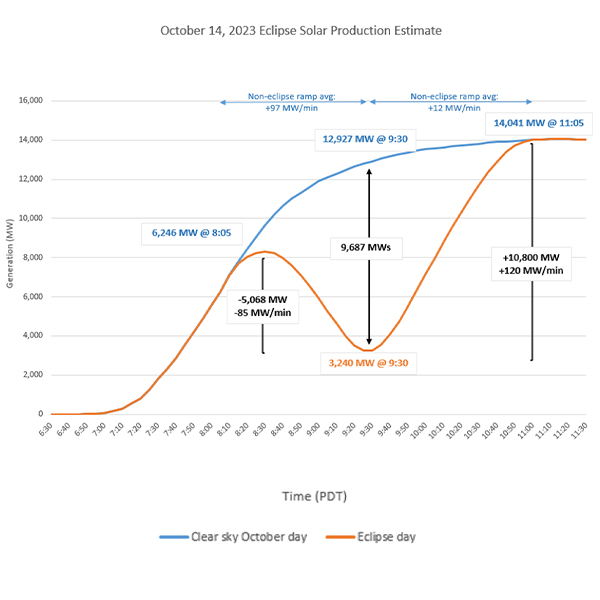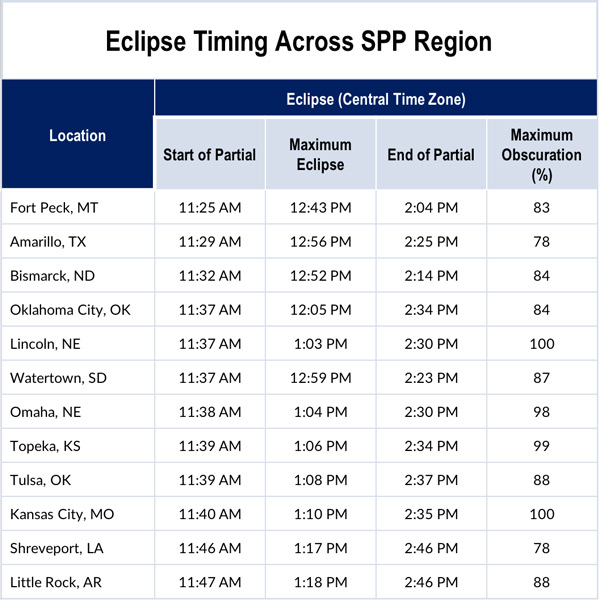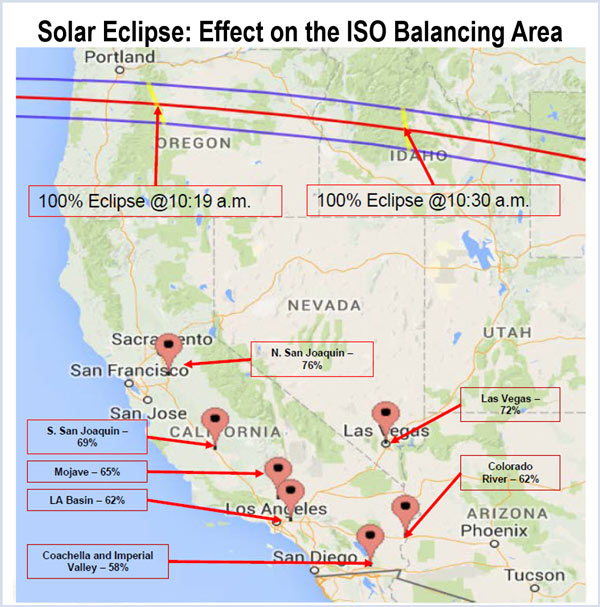solar eclipse
NYISO secured Business Issues Committee approval of the ISO’s proposal to create separate capacity demand curves for summer and winter beginning with the 2025/2026 capability year.
NYSRC's Executive Committee approved the preliminary base case for the upcoming capability year and new emergency operating procedures aimed at enhancing grid reliability.
Sharp growth in California solar resources means the Oct. 14 annular eclipse should have even greater impact than 2017's total eclipses.
MISO’s staff and Independent Market Monitor convened to commend RTO operations personnel for a successful season.
NYISO locational-based marginal prices (LBMPs) have averaged $36.35/MWh for the year through July, a 12% increase from a year earlier.
PJM and its Independent Market Monitor remain at odds over whether price-based offer updates should be connected to cost-based offers.
MISO will study eclipse impacts over the next few weeks and request data from CAISO in preparation for the next eclipse in 2024.
U.S. grid operators, the ISOs and RTOs across the country, were well prepared for the first continent-wide total solar eclipse in nearly a century.
Next week’s total solar eclipse will not disrupt SPP operations despite 100% obscuration levels in parts of its 14-state footprint.
CAISO is preparing for the upcoming solar eclipse, which is expected to take about 5,600 MW of utility-scale and rooftop solar generation off the grid.
Want more? Advanced Search










